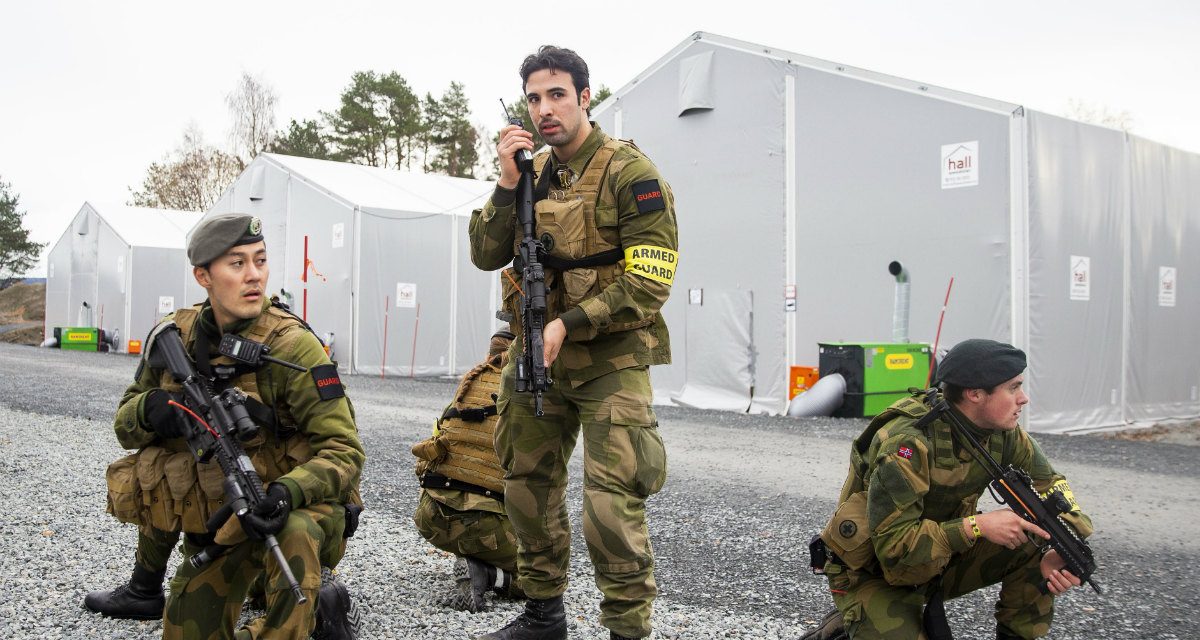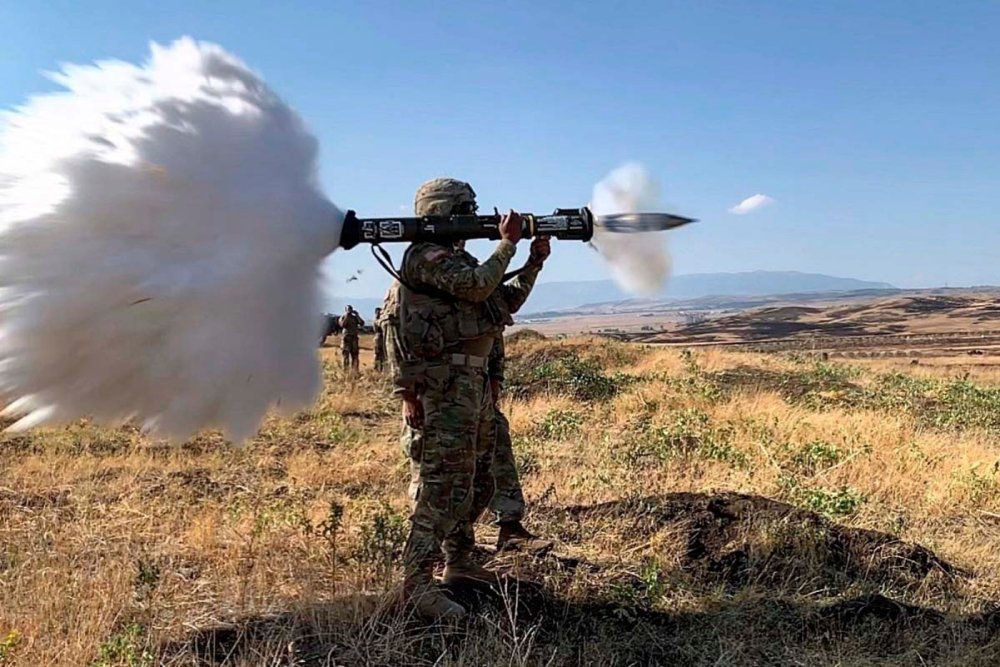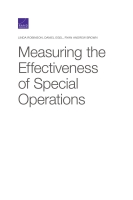MAJ. JOHN W. SPENCER, U.S. ARMY RETIRED, COL. LIAM COLLINS
Over 100 years ago, during the summer of 1919, dozens of members of that year’s West Point graduating class were sent to Europe to tour World War I battlefields. They walked on ground left deeply scarred by the conflict that had ended just months before, and met people left equally scarred by the war’s massive and bitter toll. They traveled across the Atlantic because no amount of classroom study can replicate the experience of such firsthand study of a recent conflict.
In the same spirit, the Modern War Institute at the U.S. Military Academy at West Point, New York, conducts research trips each summer during which cadets and faculty study recent conflict. This past summer, we led a trip to India to study the 2008 terrorist attacks in Mumbai and its counterinsurgency in Kashmir. Like those future Army leaders in Europe a century ago, we walked through the sites of those attacks and spoke to people who directly experienced them. What we learned can help shape how the Army thinks about modern conflict.
Sudden Attack
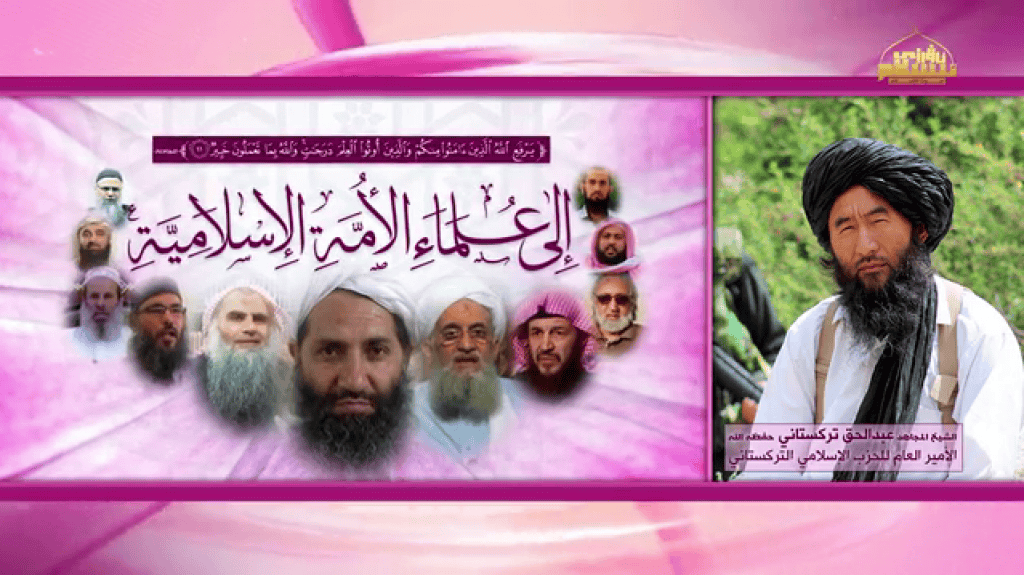
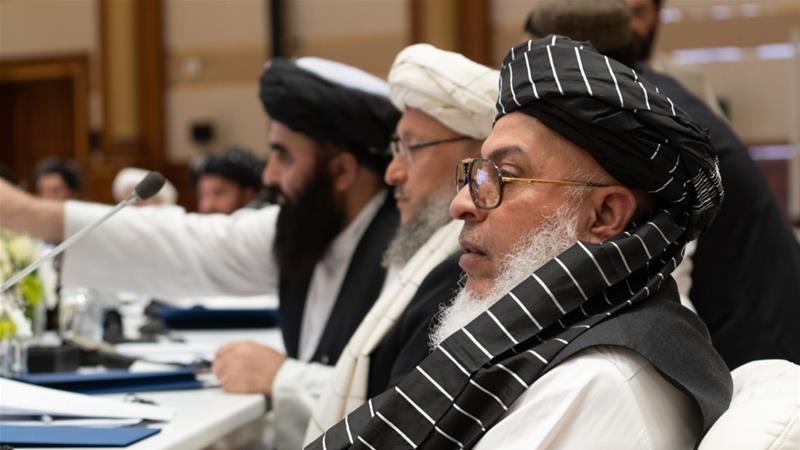






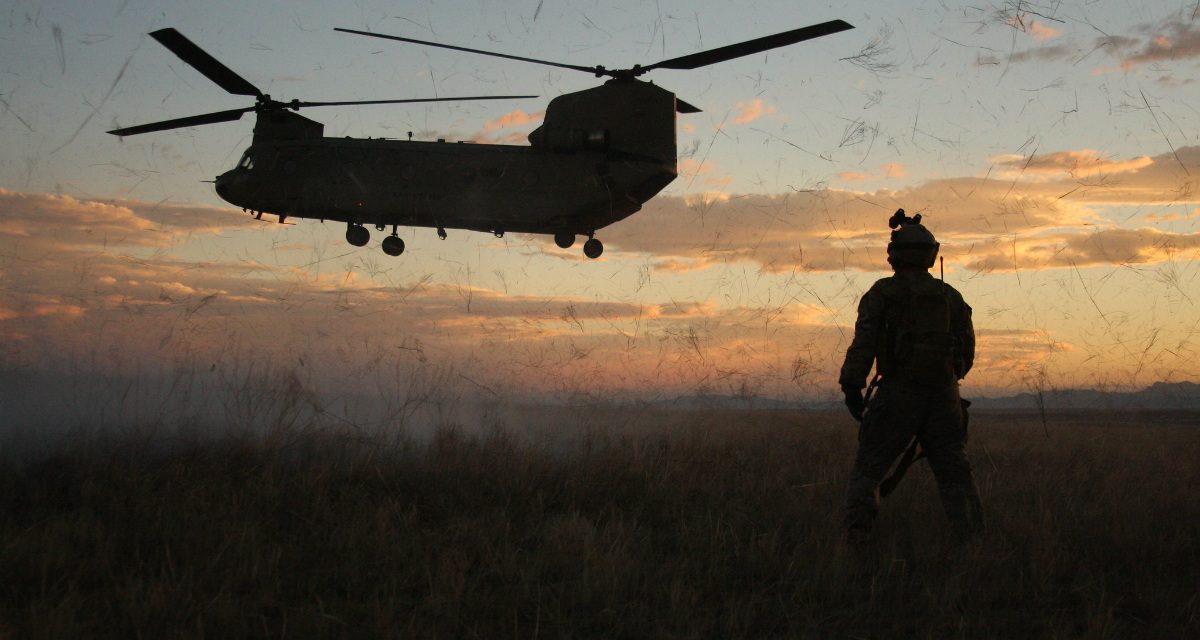
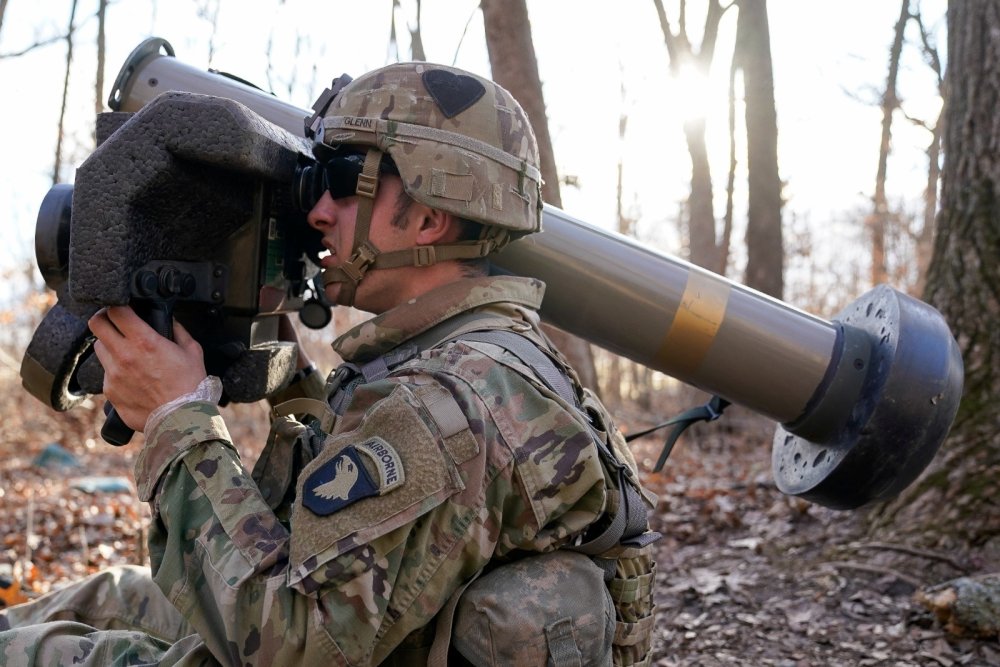
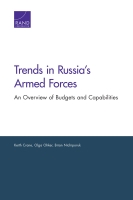

/arc-anglerfish-arc2-prod-mco.s3.amazonaws.com/public/QRIVGOPYJFB7NFNCJIMR4DRECQ.jpg)


